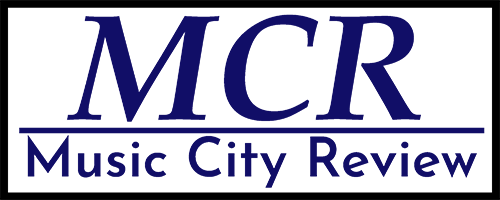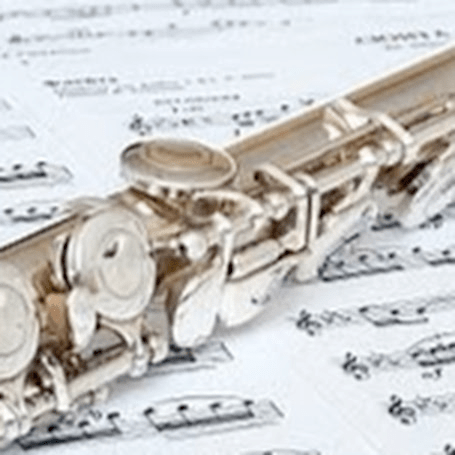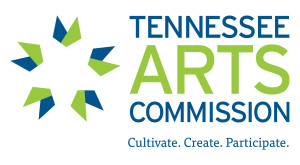From Nashville Ballet
Ups and Downs: The Nashville Ballet Tackles Mourning, Rabbits, and Stravinsky
The filmed introductions provided an attractive opening to the Nashville Ballet program this past weekend (Sept 22–25). Each intro featured someone deeply engaged in each of the three works. In the case of Jiří Kilyán’s, Un Ballo, this was Shirley Esseboom, his assistant or repétiteur (the person who rehearses the dancers in place of the choreographer); for Justin Peck’s Year of the Rabbit, stager Michael Breeden praised the NB’s athleticism and their youthful “go for broke” spirit; for the featured work, Firebird, Director Emeritus, Paul Vasterling, introduced his own work.
These personalized touches gave the audience more intimate glances into the process of preparing for ballet performances. However, one remaining issue is the fact that none of the soloists or duo dancers are identified. All the orchestra members are named by instrument, so if there is a good bassoon solo, like that in the “Berceuse” section of Firebird, I can congratulate Julia Harguindey for the poignant bewitching beauty of that solo. However, if I want to spotlight the pas de deux couple in the fifth part of Year of the Rabbit? Out of luck.
That distancing undermines the intimacy. For those who appreciate the company and want to share in the journey of its growth, it’s only fair to keep the names with the quality of work. As the dancers evolve in technique and interpretation, how can we track that evolution if they are not identified? Just a thought.
***
The dark, bare stage was lit from above by strands of evenly spaced lights. In a glancing touch at mourning, women in black camisole tops with full skirts, men in black pants and dark grey vests, danced, one couple after another, to the somber prelude from Ravel’s Tombeau de Couperin. This music was written as an homage (a tombeau is a memorial work) not just to the great French baroque composer, François Couperin, but to those French soldiers who died during World War I.
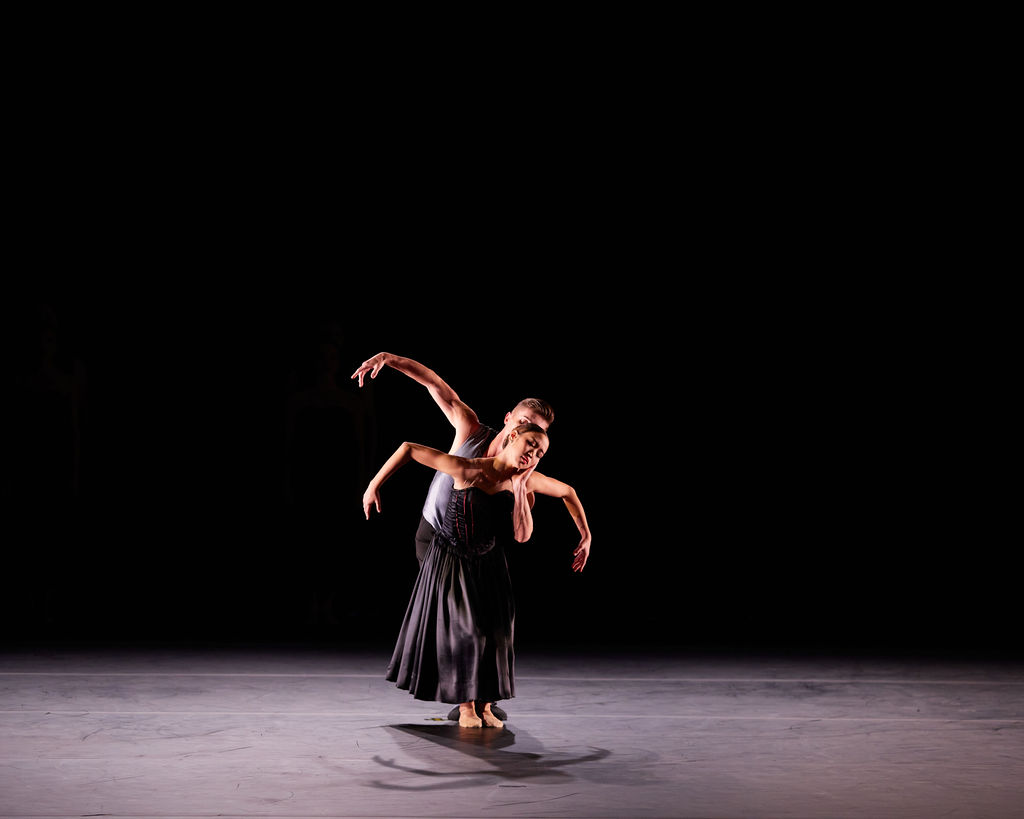
The second, larger part of Un Ballo, used another Ravel homage, Pavane pour une infante defunte [Pavane for a dead princess], a work thought to be inspired by Diego Velásquez’ “Las Meninas,” a painting that includes Princess Margarita as a child. She later died in childbirth at the age of 22. The pavane, a processional dance for long rows of couples, was popular throughout Europe throughout the 16th- and early 17th-century. In fact, some graduation processions still use a version of it.
In this work, Kilyán, internationally recognized director of the Nederlands Dans Theatre and winner of the Edinburgh Critics Award, uses couples doing identical, albeit modern, steps, suggesting a subtle reference to the original pavane. These sections, though, exposed a continuing discontinuity in the Nashville Ballet corps. When steps are identical, there seems to be no agreement on where the beat might be. It seems clear the choreographer intended that some gestures, like slowly raising one arm upward should reach the apex at the same time. Here, as in other works featuring the corps, the movements suggest the dancers have learned the count, but are not actually hearing the music. The coordination of the corps de ballet deserves more attention.
Interestingly, two lovely aspects of the choreography paired with the costuming shone through. In one, the women raise their skirts to form a backdrop, much as one might see in Kabuki drama. Such an imaginative move focuses audience attention on the individual dancers. Another had the dancers lifting their partners upside down. The women’s skirts draped over the men, rendering them invisible, as each woman’s legs slowly pointed heavenward, with one positioned a bit to the fore, creating an elegant piece of choreographic sculpture.
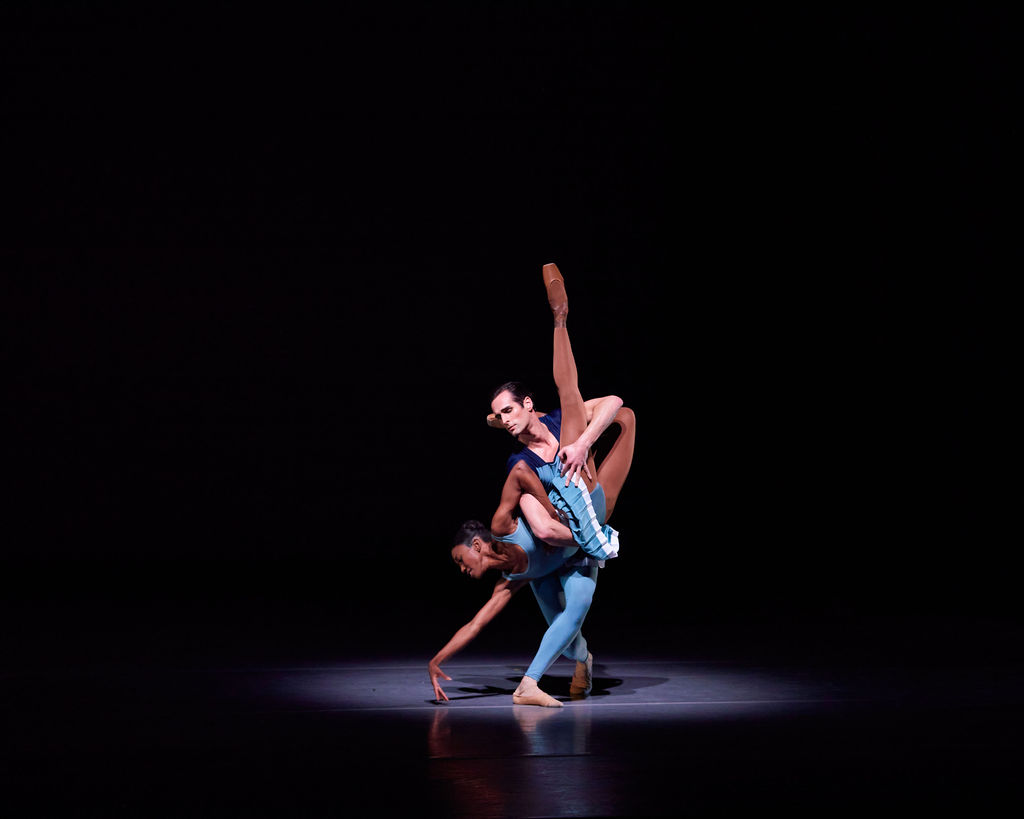
This concept, one Breeden identifies as “architectural design,” is also found in Justin Peck’s choreography, Year of the Rabbit. With music by rock electronica artist Sufjan Stevens, skillfully arranged for string orchestra by Michael Atkinson, Peck’s work was able to hit the sweet spot in the Nashville Ballet’s technique. Tony Award winner and resident choreographer for the New York City Ballet, Peck’s work sparkled as brightly as the playful, though sometimes intense, sounds from the strings.
The attractive well-executed male solo in the second section, the section that ends with the sculpture of some dancers upright, while other dancers descend into slow splits and, in some spots, accurately placing gestures with the appropriate musical accents. This shows that the company can connect with the musical rhythm under the right circumstances. Perhaps the driving rock rhythms contributed to this successful connection. After the corps scampers away, the sixth section features ritualized dancing that may pay homage to Stravinsky’s Sacre de Printemps [Rite of Spring], except in Peck’s world, the frenetic quickness and deft skill, traits associated with the Chinese Year of the Rabbit, exude dance, not of death, but of delight.
Firebird
I came prepared to enjoy this work more than any other, having seen this music performed last in 2014 when the New York City Ballet revived the original Balanchine/Stravinsky/Chagall production of 1972. I understood that Vasterling would be re-envisioning the classic tale known in Russian, Czech, Armenian, and Iranian cultures, but still, this was a disappointment on many fronts. And, with a few exceptions like the principal bassoon and percussion, even the orchestra felt below its usual energy level.
The opening seemed static, sluggish, until evil takes the stage. The intention of turning this well-traveled tale into a morality play where the original Prince Ivan becomes Everyman, torn between good (Firebird) and evil (Mr. K, known in the original as the demon Katschei) is a valid one. And even making good and evil apparently equal in power made sense, but pairing them at the end with a narrative that suggests romantic attraction didn’t work. In fact, it seemed constructed to give the Mr. K character a more prominent role than the narrative supports.
In fact, more focus and choreographic pacing seemed to go into the evil K-crew than the magic of the eponymous Firebird, giving much of the best work to the bad guys. Both their costumes and their choreography were much more dynamic. For example, it was exceedingly clever to dress Mr. K in a business suit with slicked-back, con-man hair, accompanied by his sidekicks Miss P and Mr. D in equally deceptive costumes of the poisonous pretty girl and child-snatching ice cream man, respectively. Dressing the rest of the demon gang in a beach scene as Stepford wives in red polka dots and husbands in 1920s-style striped blazers was delightfully thought-provoking, and appropriately eerie as these dancers in “people” clothes often made reptilian movements, like quick jerkings of the head or undulating the spine.
But that’s what made the Firebird costuming so disappointing. It was not only lackluster in bland green with the panels of glittery material, but looked cheap, lacking the magic of a fairy tale whose popularity has traveled half the globe. I kept thinking of the years of ballet recitals I attended for a young relative.
The bare set and the plain costumes of the good guys undermined the magic of the tale, although the opening with Mr. K on a dark stage with the purple-hued diamond spotlight was one effective moment. The ending was also partly effective with all dancers dressed in beautiful sheer tunics with floral appliqués as the sun rises triumphantly, but again the equal prominence given the Firebird and Mr. K seemed misplaced.
The sizeable audience at the Polk Theater in TPAC was an appreciative one, which this generally fine program deserved. With more specific program information indicating the overall timing and sections of the works, perhaps the audience’s enthusiasm could be better channeled so that multipartite choreographies would not suffer from interruptions by misplaced applause. Next up for Nashville Ballet is the annual, can’t-miss holiday event, the Nutcracker, beginning December 8. More information is available here: https://www.nashvilleballet.com/nashvilles-nutcracker-2023
